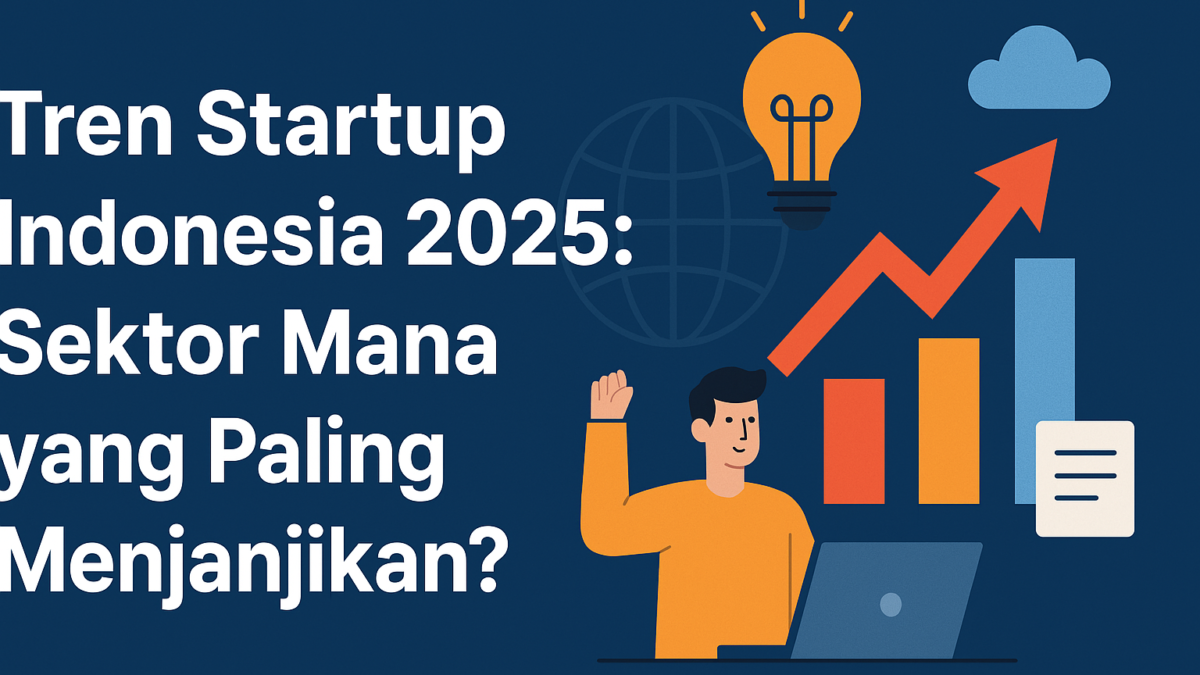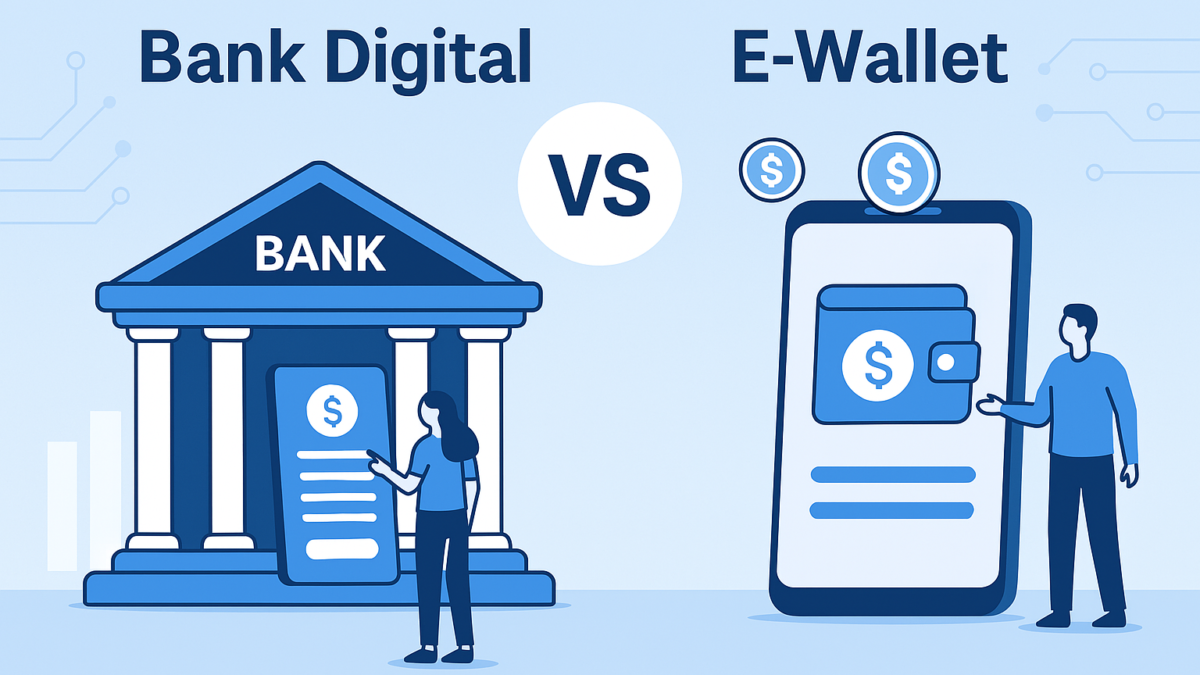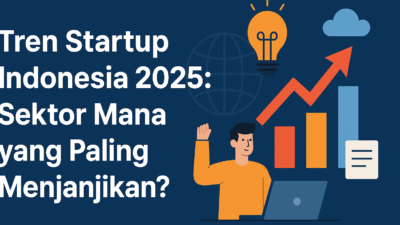
For : Fintech, Insurance, Travel & Tourism, eCommerce, and Telco Line of Business
Overview
Artificial Intelligence (AI) is rapidly transforming various industries, providing innovative solutions that enhance efficiency, personalization, and decision-making. While the potential of AI is vast, its true value is realized when integrated seamlessly into existing products and services. This article explores how five key industries — Fintech, Insurance, Travel & Tourism, eCommerce, and Telecommunications (Telco) — can effectively integrate AI into their current offerings. We will focus on practical implementation strategies and real-world examples, supported by detailed technical insights and data.
1. Fintech: Enhancing Payment Gateways with AI
In the fintech sector, AI integration into payment gateways can revolutionize how transactions are processed, making them more secure, efficient, and personalized.
AI Use Cases in Fintech:
- Fraud Detection: AI models can analyze transaction data in real-time to identify patterns that indicate potential fraud. By using machine learning (ML) algorithms, fintech companies can reduce false positives and enhance the accuracy of fraud detection.
- Personalized Financial Products: AI can tailor financial products to individual customer needs by analyzing their transaction history, spending patterns, and credit profiles.
- Predictive Analytics: AI-driven predictive analytics can forecast market trends, helping financial institutions optimize their investment strategies.
Technical Implementation:
- Data Pipelines: Use tools like Apache Kafka to create robust data pipelines that collect and process transaction data in real-time.
- Machine Learning Models: Implement ML models using TensorFlow or PyTorch for tasks such as fraud detection. These models can be trained on historical transaction data to identify suspicious activities.
- API Integration: Ensure seamless integration of AI models with existing payment processing systems through APIs, allowing real-time decision-making and automated actions.
Case Study — Square: Square, a leading payment gateway, uses AI to enhance its fraud detection capabilities. By analyzing transaction data across millions of users, Square’s AI models can detect fraudulent patterns with high accuracy, significantly reducing chargebacks and financial losses.
2. Insurance: Automating Claims Processing with AI
The insurance industry can leverage AI to automate and streamline claims processing, risk assessment, and customer service, improving both efficiency and customer satisfaction.
AI Use Cases in Insurance:
- Automated Claims Processing: AI can automatically verify claims, assess damages through image recognition, and calculate payouts, reducing processing time from weeks to minutes.
- Risk Assessment: Insurers can use AI to analyze vast amounts of data and assess risks more accurately, leading to better pricing strategies and lower loss ratios.
- Chatbots for Customer Support: AI-powered chatbots can handle customer inquiries, guiding them through the claims process and providing instant assistance.
Technical Implementation:
- Data Integration: Use platforms like Apache Hadoop to unify customer data, claims history, and third-party information for comprehensive AI analysis.
- Image Recognition: Implement image recognition models with OpenCV or Google Cloud Vision to assess damages from customer-submitted photos in auto or property insurance claims.
- Natural Language Processing (NLP): Deploy NLP models using tools like spaCy or BERT to automate the extraction and analysis of information from claims documents and customer interactions.
Case Study — Allstate: Allstate, a major U.S. insurance company, uses AI to automate claims processing. Their AI system analyzes damage from customer-uploaded images and provides immediate estimates for repairs, dramatically reducing the time required to process claims.
3. Travel & Tourism: Personalizing Customer Experiences with AI
In the travel and tourism industry, AI can significantly enhance customer experience by providing personalized recommendations, optimizing pricing strategies, and improving service efficiency.
AI Use Cases in Travel & Tourism:
- Personalized Travel Recommendations: AI can analyze customer data to provide personalized suggestions for destinations, accommodations, and activities, enhancing customer satisfaction.
- Dynamic Pricing: AI algorithms can adjust prices in real-time based on demand, seasonality, and competitor pricing, maximizing revenue for travel companies.
- Virtual Assistants: AI-powered virtual assistants can help customers with booking, itinerary management, and travel advice, improving service efficiency and responsiveness.
Technical Implementation:
- Recommendation Systems: Develop recommendation systems using collaborative filtering or deep learning models, which can be integrated with booking platforms to offer personalized travel suggestions.
- Dynamic Pricing Engines: Implement dynamic pricing engines using machine learning models that analyze historical pricing data, demand forecasts, and external factors like weather or local events.
- AI Chatbots: Deploy AI chatbots using platforms like Google Dialogflow or Microsoft Azure Bot Service to provide round-the-clock customer support and enhance the booking experience.
Case Study — Expedia: Expedia uses AI to provide personalized travel recommendations and optimize pricing strategies. Their AI-driven recommendation engine analyzes customer preferences and booking history to suggest destinations and accommodations, leading to higher customer satisfaction and increased bookings.
4. eCommerce: Enhancing User Experience and Operations with AI
In the eCommerce sector, AI can drive personalized shopping experiences, optimize inventory management, and improve customer support.
AI Use Cases in eCommerce:
- Product Recommendations: AI can analyze browsing and purchasing behavior to recommend products that match a customer’s preferences, increasing conversion rates.
- Inventory Management: AI-powered systems can predict demand trends, helping businesses maintain optimal inventory levels and reduce stockouts or overstock.
- Customer Support: AI chatbots can handle routine customer inquiries, such as order status or return processes, freeing up human agents for more complex tasks.
Technical Implementation:
- Personalization Engines: Build personalization engines using machine learning algorithms like collaborative filtering, which can be integrated into the eCommerce platform via APIs.
- Predictive Analytics for Inventory: Implement predictive analytics tools like SAS or RapidMiner to forecast demand and optimize inventory management.
- AI Chatbots: Deploy chatbots using platforms such as LivePerson or Zendesk that integrate seamlessly with existing customer support systems, enabling real-time customer interactions.
Case Study — Amazon: Amazon’s AI-driven recommendation system is one of the most sophisticated in the eCommerce industry. By analyzing user behavior, Amazon’s algorithms provide personalized product suggestions, contributing to a significant portion of the company’s revenue .
5. Telco: Optimizing Network Management and Customer Service with AI
In the telecommunications industry, AI can optimize network management, enhance customer service, and improve operational efficiency.
AI Use Cases in Telco:
- Network Optimization: AI can monitor and optimize network performance in real-time, predicting and preventing outages before they occur.
- Customer Service Automation: AI-powered virtual assistants can handle billing inquiries, service requests, and technical support, improving customer satisfaction and reducing operational costs.
- Churn Prediction: AI models can analyze customer behavior to predict churn and recommend retention strategies, helping telco companies maintain their customer base.
Technical Implementation:
- Real-time Data Processing: Use stream processing tools like Apache Flink or Apache Storm to monitor network data in real-time, enabling proactive management and optimization.
- Virtual Assistants: Deploy AI-driven virtual assistants using platforms like IBM Watson Assistant to automate customer service tasks, reducing response times and improving service quality.
- Churn Prediction Models: Build churn prediction models using machine learning algorithms like random forests or gradient boosting, which analyze customer data to identify patterns that indicate potential churn.
Case Study — Vodafone: Vodafone uses AI to optimize its network management and enhance customer service. Their AI systems monitor network performance in real-time, predicting potential issues and optimizing resources to maintain high service levels. Additionally, Vodafone’s AI-driven virtual assistants handle a significant portion of customer inquiries, improving efficiency and customer satisfaction.
Conclusion: The Future of AI Integration
Integrating AI into existing products across fintech, insurance, travel & tourism, eCommerce, and telco provides businesses with the tools they need to enhance efficiency, personalize customer experiences, and stay competitive in a rapidly evolving market. However, successful AI integration requires a well-planned approach, robust technical implementation, and continuous monitoring.
By leveraging AI’s capabilities, companies in these industries can not only meet current customer demands but also anticipate and shape future trends. The key to success lies in understanding how AI can complement and enhance existing products, ensuring that these technologies are seamlessly integrated to deliver maximum value.
Call to Action: If your business is ready to explore AI integration, start by evaluating your current systems, identifying areas where AI can add the most value, and developing a clear implementation strategy. Stay tuned to our blog series for more insights and practical advice on leveraging AI to drive success across various industries.















